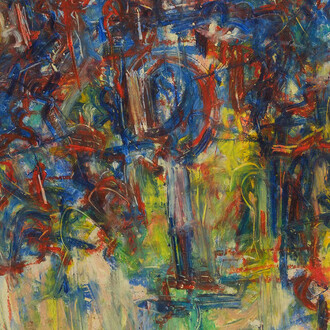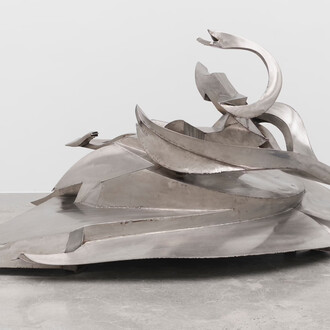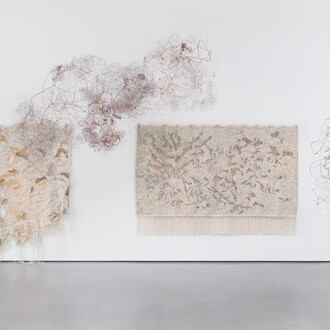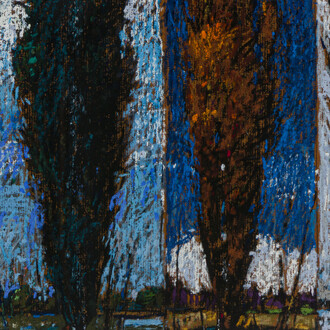Are they mountains? Are they clouds? It's hard to tell.
But when mists open and clouds disperse, the mountains remain.
Inscribed into a jade sculpture of a mountain, these words—first written a thousand years ago by Chinese poet Su Shih—capture the appeal of Mountain and Water art 山水 (shān shuǐ in Chinese, or sansui in Japanese). Known broadly in the West as landscapes, Chinese and Japanese makers have continuously reinterpreted, reshaped, and recast this genre in different mediums and formats over many centuries, keeping it relevant. Nine works explore expressions of Mountain and Water over time, considering artistic processes and materials and original audiences.
Far beyond mere depictions of nature, these works reflect a philosophy that sees mountains and water as mirrors of the human spirit—steadfast, fluid, elusive, and eternal. As artists across centuries turned to this tradition, they not only explored the natural world but also sought to express emotion, contemplation, and the impermanence of life through the enduring language of the landscape.
















